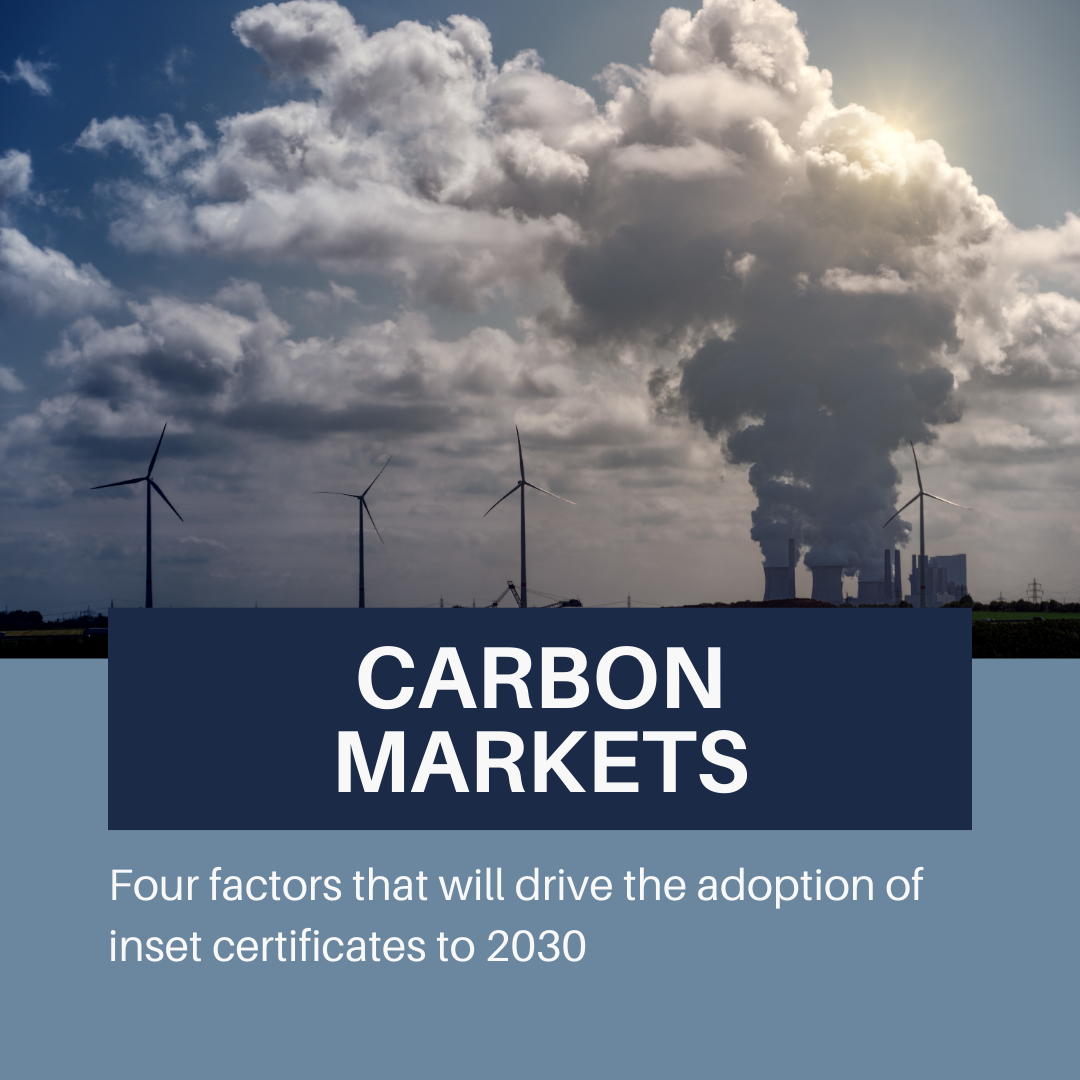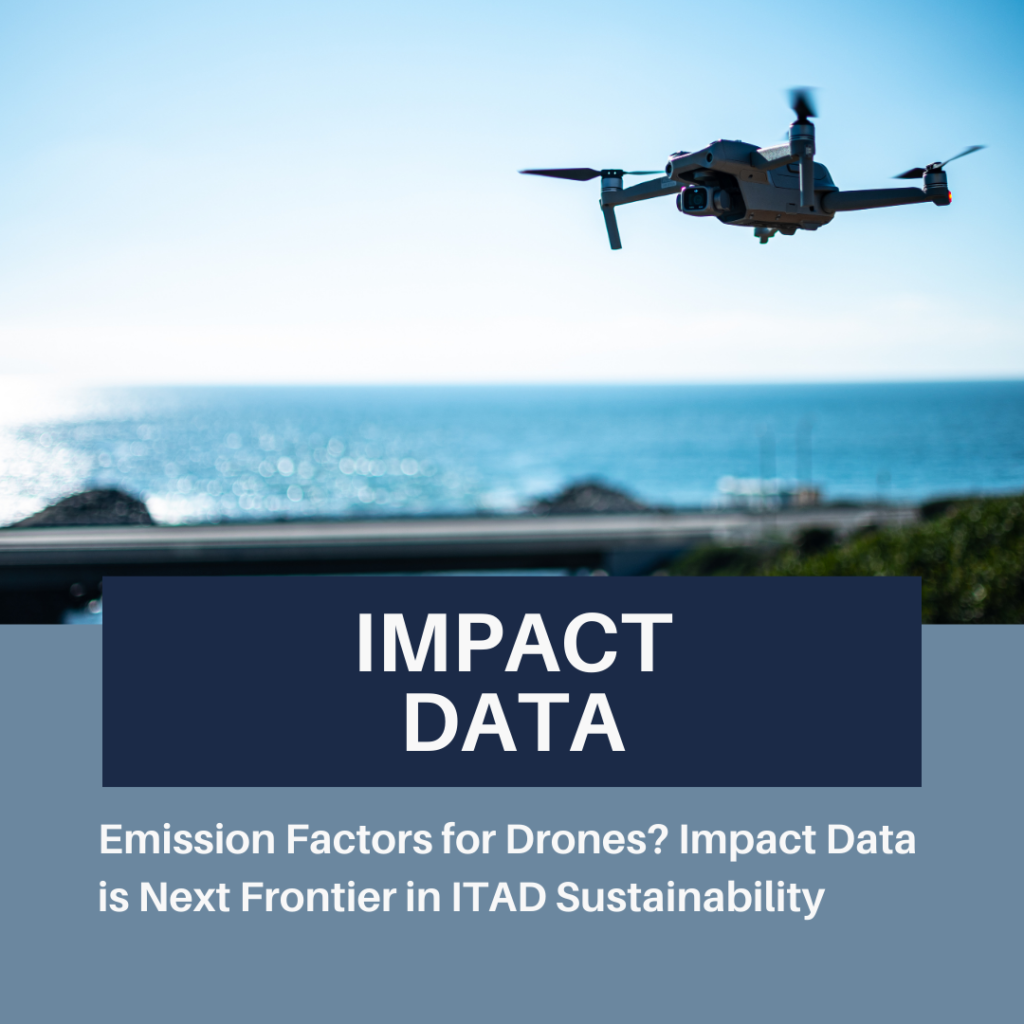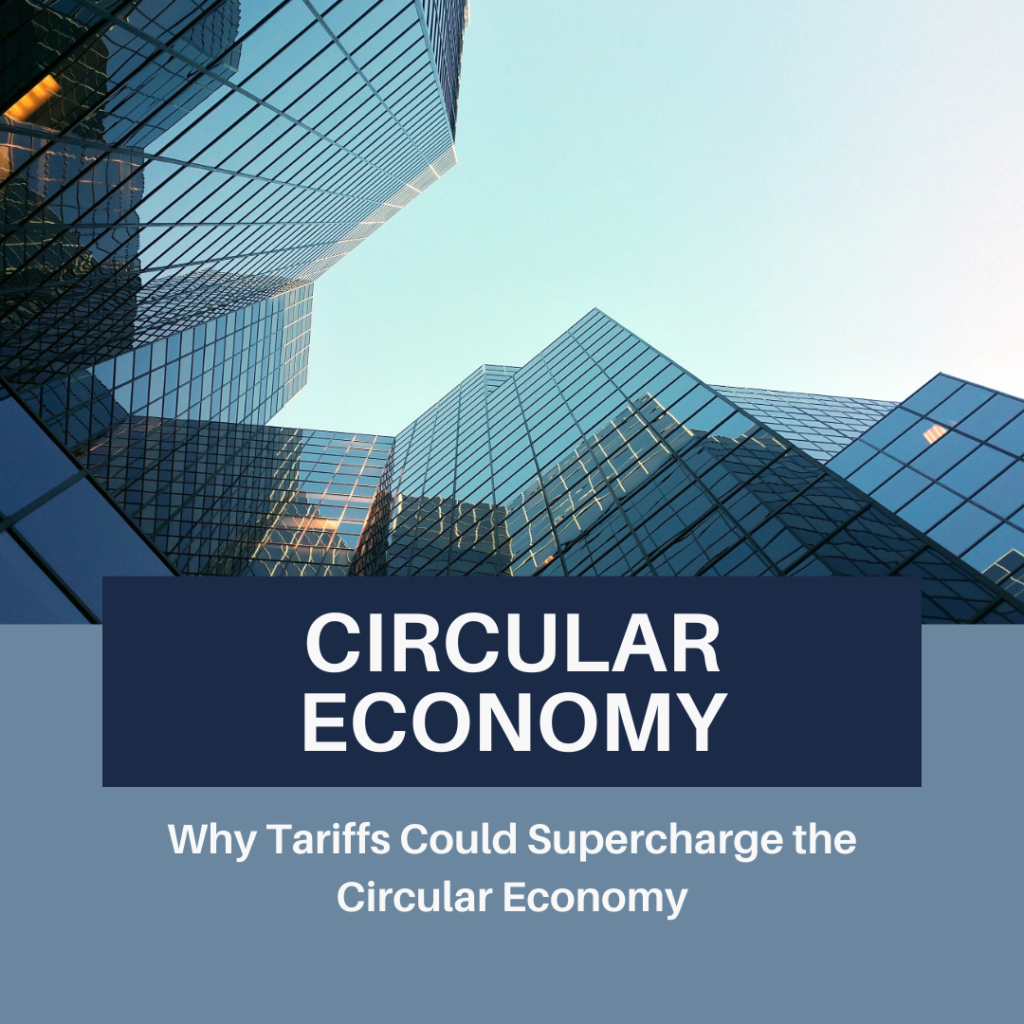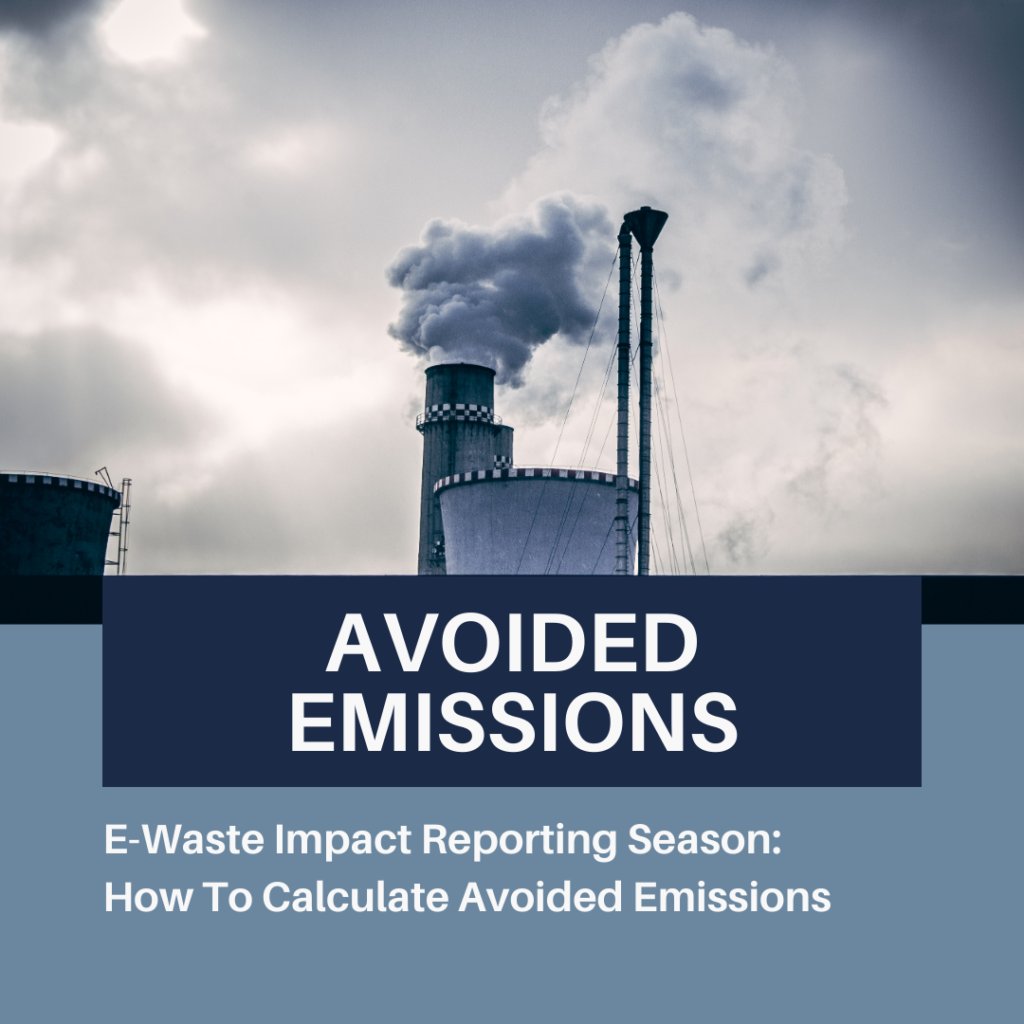Inset certificates are emerging as a powerful tool to drive supply chain decarbonization and reduce scope 3 emissions. These certificates bridge the gap between corporate climate goals and supplier engagement, offering a scalable and impactful approach to reducing emissions across value chains. From regulatory frameworks and market innovations to the growing need for resilient, low-carbon supply chains, these drivers highlight why inset certificates are set to become a cornerstone of corporate sustainability strategies in the years ahead.
1. Policy
Supply chain decarbonisation is now promoted as the primary way to reduce scope 3 emissions by recognised frameworks such as the TCFD, GHG Protocol and the emerging requirements of Europe’s flagship disclosure framework CSRD.
2. Economics
More than just being a nice to have, supplier engagement has many commercial upsides. Assessing value chain risk through the lens of resilience has already helped many companies reassess their procurement strategy and reduce commodity price volatility and helped to mitigate volume risk.
Investing in supplier decarbonisation generate annual carbon savings making upfront engagement more cost effective measure than purchasing carbon offsets annually.
3. Markets
Suppliers run a one to many business model. Their interventions helped every supplier not just one. Hence, inset certificates enable the transfer of environmental benefits through a single intervention to many customers.
Markets offering inset certificates for clean fuels are already helping companies to discover the value of their impact, while also providing price transparency to large corporates.
Looking ahead we forecast more inset markets to evolve beyond the clean fuels sector to many more commodities. Think: agriculture, recycled metals and refurbished electronics.
4. Corporate demand
Most corporate emissions sit in scope 3. While their ability to impact supplier behaviour may feel limited, carbon inset certificates offer a win-win for both supplier and businesses with net-zero targets. Suppliers can earn financial benefits through certificates – directly improving their business models and even helping to evolve their product offerings. Corporates gain access to the hardest to reach scope 3 reductions at affordable price, while reducing their need to purchase carbon credits.
We expect to see a proliferation in carbon inset certificates in the next few years, covering a wide range of sectors.
Finally, we see a future where companies may choose to manage their own supplier-linked inset registries to efficiently manage large scale value chain impact.
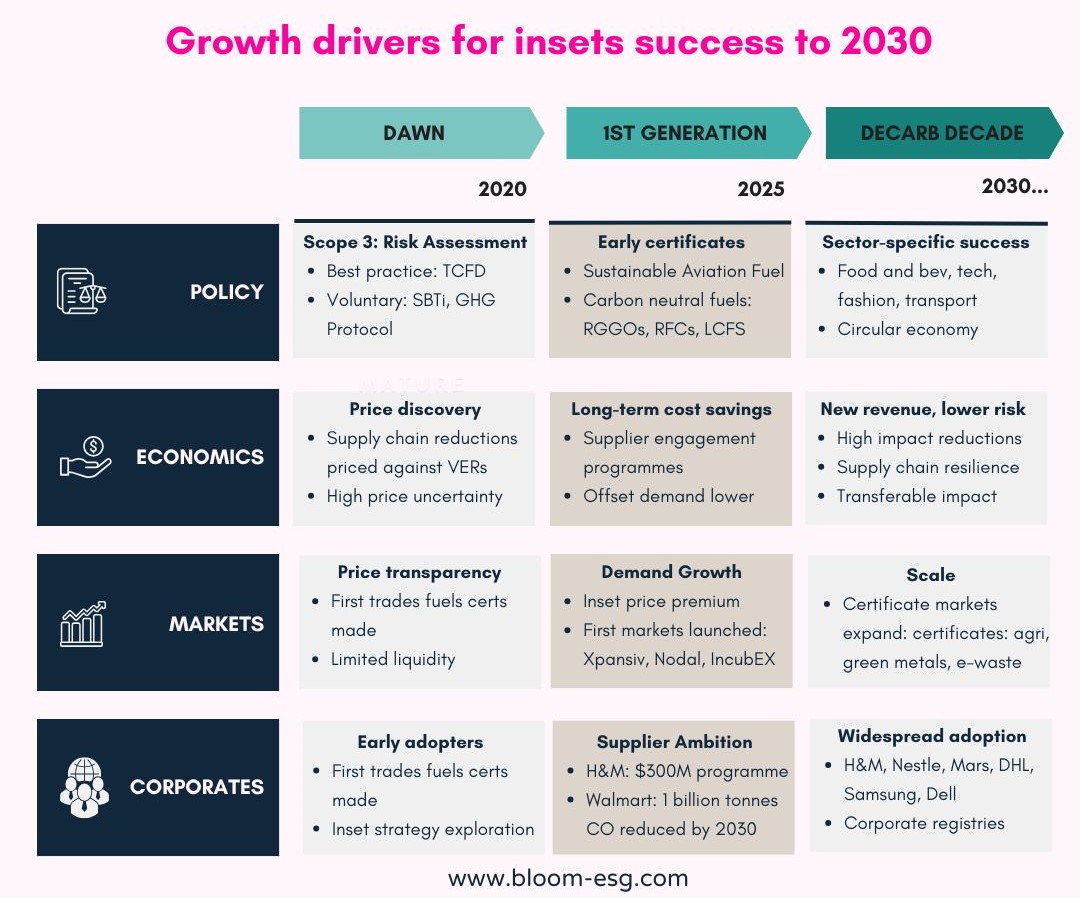

Sebastian Foot
Co-founder of Bloom Sustainability Advisors.20+ years sustainable finance experience.
